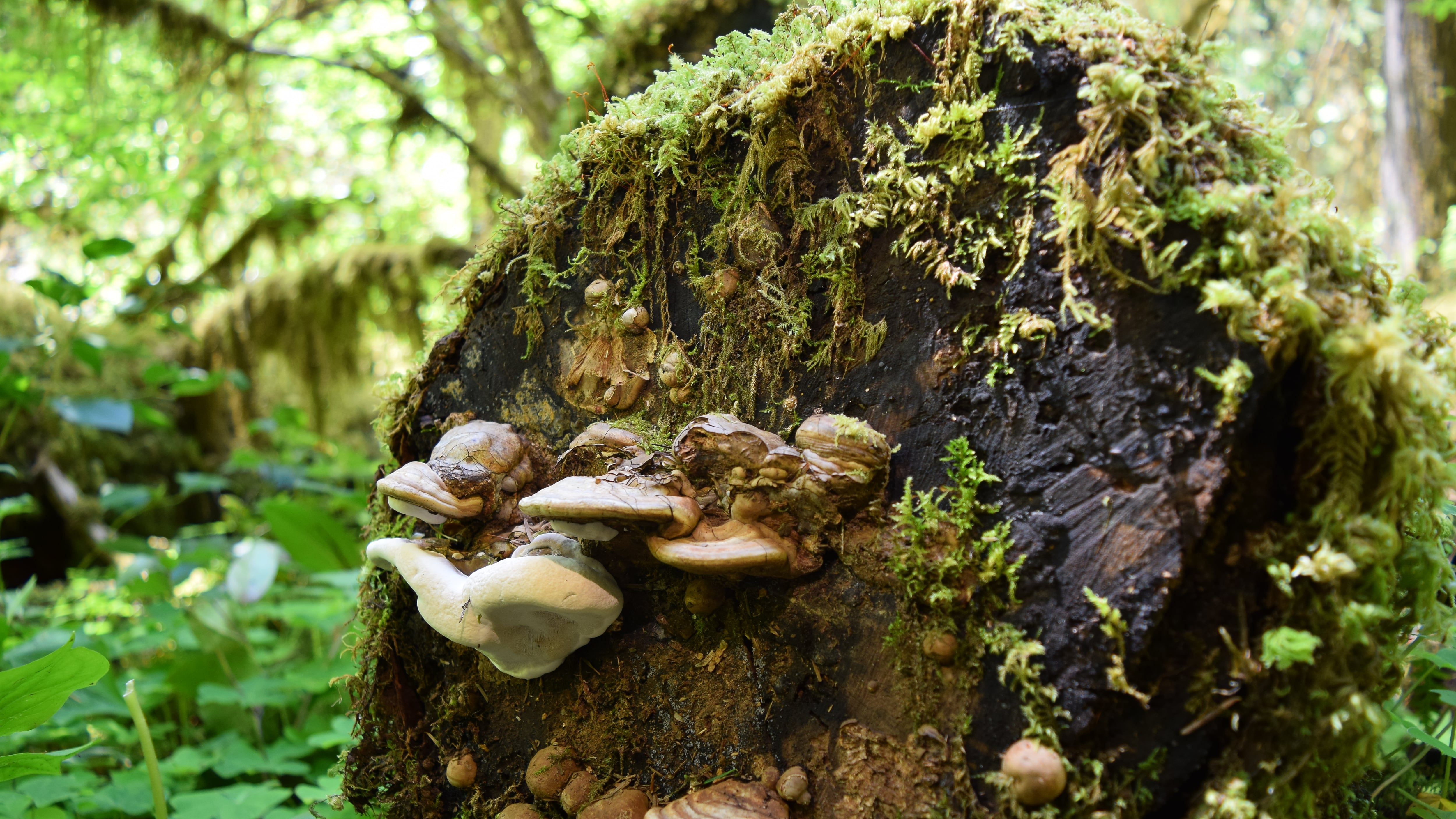Last January, a Lane County woman named Joyce McClain read in the paper that two teenage hikers had been rescued from a snowstorm on Swastika Mountain.
She wondered why Oregon still had a Swastika Mountain.
Soon, it won’t—thanks to McClain’s request to a volunteer board that it find a new moniker for the 4,197-foot butte outside Cottage Grove.
The committee in question is called the Oregon Geographic Names Board. It’s been around since 1908, naming and renaming various rises, dips and water bodies in the Oregon landscape. It still meets no more than twice a year, under the supervision of the Oregon Historical Society, but lately its agendas have been a little more crowded. OHS executive director Kerry Tymchuk says that’s thanks to proposals from citizens to consider substitutions for place names that are outdated or racist.
Swastika Mountain was more the former, McClain discovered. It predated Nazi Germany. “The mountain took its name from the extinct town of Swastika which was nearby,” she wrote to the board this year. “The town was named after a cattle ranch whose owner branded his cattle with the swastika symbol. This happened in 1909.”
Still, like any Great-Uncle Adolf, the name no longer felt suitable. McClain suggested calling it Umpqua Mountain, after the Indigenous tribe that first lived there. A tribal historian had another idea: What about Chief Halito, or Halo, who led the Yoncalla Kalapuya tribe in the 1800s?
That was such a good idea that McClain attended the Aug. 20 meeting of the Names Board to pledge her support. As soon as next year, pending tribal approval, the summit will be called Mount Halo.
Tymchuk says the Names Board doesn’t go looking for offensive labels to remove—it just considers nominations from Oregonians. But the board does try to consider how place names are used to demean the people living there.
Take, for example, the three places with “Negro” in the name that the board examined this month. Tymchuk believes those spots got their names because white people wanted to note that Black people lived there. (“In several instances, the local name before ‘Negro’ was…you can imagine what it was,” he says.) So the Names Board has renamed the geographic features to honor the actual names of those Black residents.
“The renaming is also reclaiming,” Tymchuk says, “reclaiming the honor and the dignity of the individuals who lived there.”
Here are four other name changes the board recommended last week.
Old Name: Negro Knob
Location: Grant County
Renamed: Columbus Sewell Knob
Namesake: A Black man who worked as a miner and had a freight-hauling business in nearby Canyon City in the 1860s.
Old Name: Negro Creek
Location: Douglas County
Renamed: Jack Carson Creek
Namesake: A Black resident who lived near Canyonville and became locally renowned as a horse trainer. He died in 1922 and is buried near Myrtle Creek.
Old Name: Negro Ridge
Location: Douglas County
Renamed: Malvin Brown Ridge
Namesake: A smoke jumper who died fighting a forest fire near this ridgeline in 1945. The 555th Parachute Infantry Division was an all-Black paratrooper division, the first to jump out of planes to fight fires in Oregon.
Old Name: Negro Creek
Location: Douglas County (yes, there are two in Douglas County)
Renamed: Triple Nickle Creek
Namesake: The 555th was also known as the Triple Nickles.

